Montrose Basin’s Mosquito Monitoring Squad
If you have visited Montrose Basin Visitor Centre recently, you may have spotted a strange contraption in the tree, or one of our members of staff bending over a black bucket. This is all part of a mosquito monitoring program called ‘Mosquito Scotland’. The ‘One Health’ project led by the University of Glasgow, along with the Centre for Virus Research, Centre of Ecology and Hydrology and the UK Healthy Security Agency, aims to assess the risk of mosquito-borne diseases in Scotland and predict how a changing Scottish climate may impact mosquito abundance.
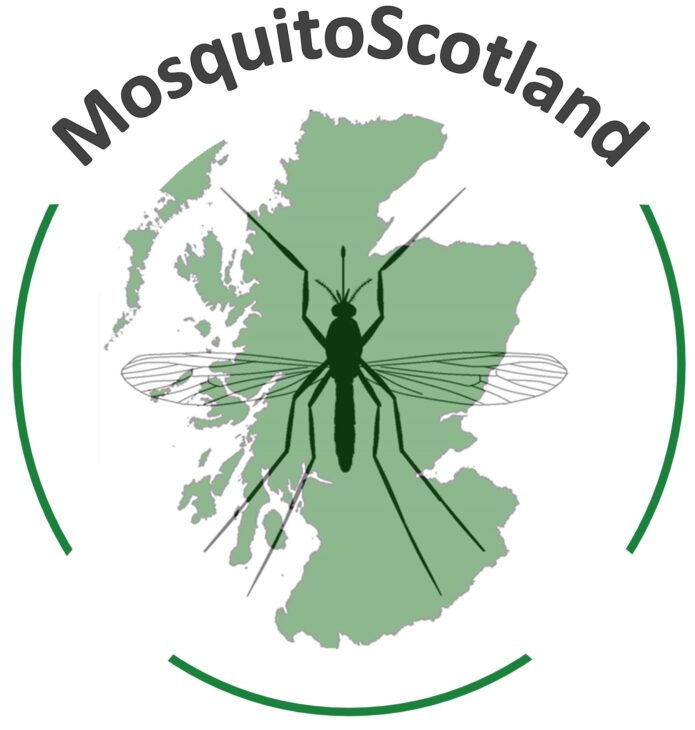
Why mosquitoes?
Mosquitoes, often seen as biting nuisances, actually play a crucial role in food webs, serving as a vital food source for birds, bats, amphibians, and other insects. Their larvae contribute to aquatic ecosystems by providing nutrition for fish and other wildlife. However, monitoring mosquito populations is essential because they are also vectors of diseases like West Nile virus and malaria. By tracking their abundance at different life-stages and behaviours, we can better understand and mitigate the risks they pose to public and avian health while maintaining the ecological balance they help sustain.
What are we monitoring at Montrose Basin?
We are monitoring the full mosquito life cycle! Mosquitoes, like most insects, undergo a complete metamorphosis consisting of 4 distinct stages; egg, larva, pupa and then adult. The life cycle begins with the egg, where gravid females lay up to 300 eggs in rafts on the surface of the water.
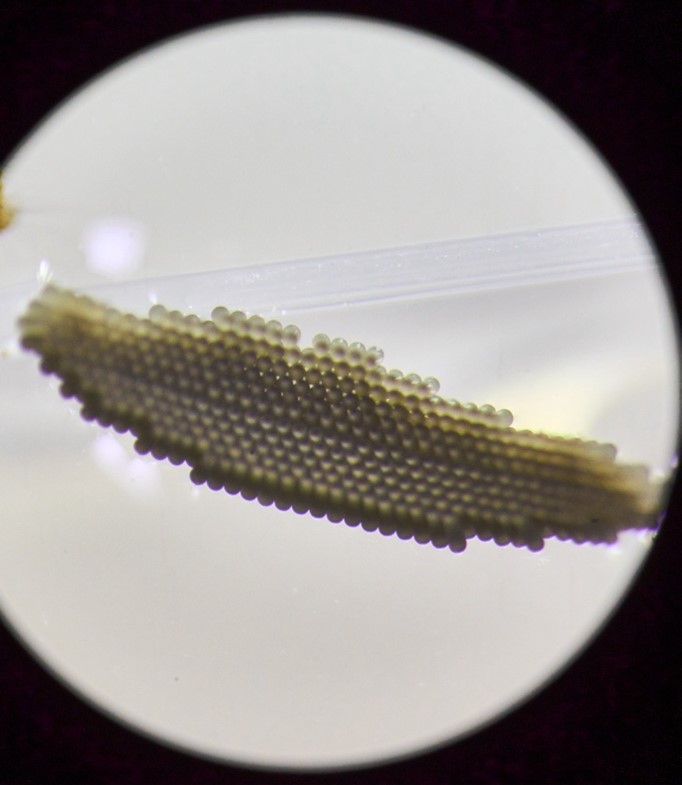
Eggs are laid in a variety of habitats, including ponds, water-filled containers (eg; garden buckets and rain barrels) and roadside ditches. At Montrose Basin, we have 3 large black buckets filled with a mosquito enticing concoction of fermented hay water.
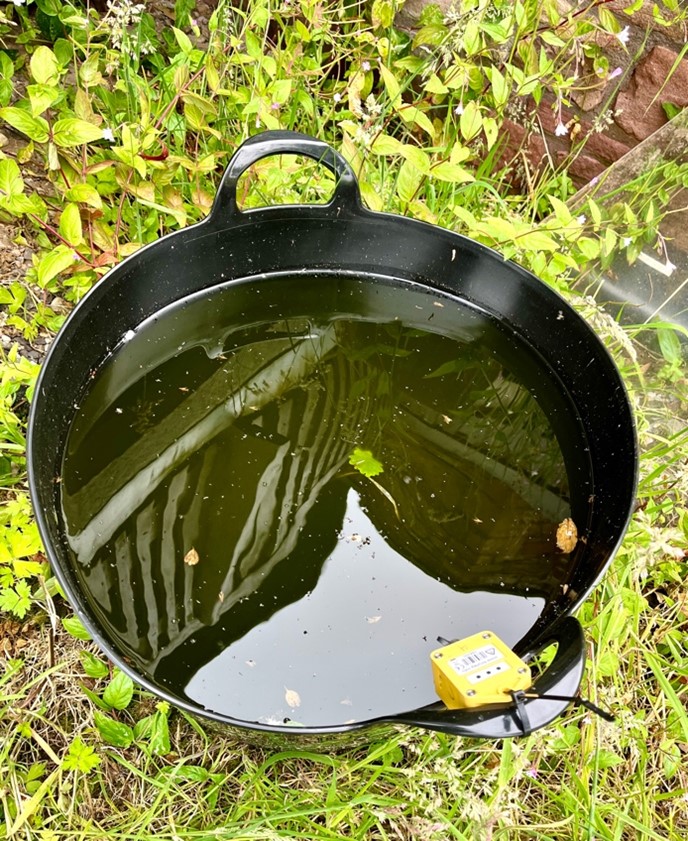
After 2 to 3 days, tiny larvae known as first instars pop from the lower end of the eggs and begin their development. The larvae move up and down the water column feeding on microscopic organisms and plant particles. Following several moults, they reach their final stage; fourth instar. The larvae moult into pupae.
Pupae can be seen at the water surface using their trumpets to breathe air.
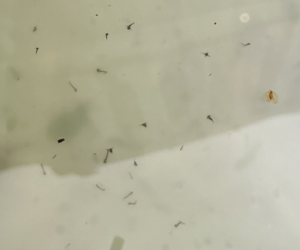
It takes just another 2 to 3 days for the pupae to emerge from their pupal cases and gain the ability to fly. Both male and female adults will seek a sugary meal from flowers or damaged fruit. However, it’s only the ladies who seek a blood meal to help her eggs develop.

We check our buckets twice a week and count the number of egg rafts, larvae and pupae we see.
To see how many adults and determine which species they are, the University of Glasgow installed a suction trap. Carbon dioxide (CO2) is pumped into the trap to lure adult mosquitos inside by simulating the exhaled respiratory gases of birds or mammals. If that isn’t tempting enough, a human body-odour lure has also been added to sweeten the deal! The trap is set for 48 hours and checked once a week.
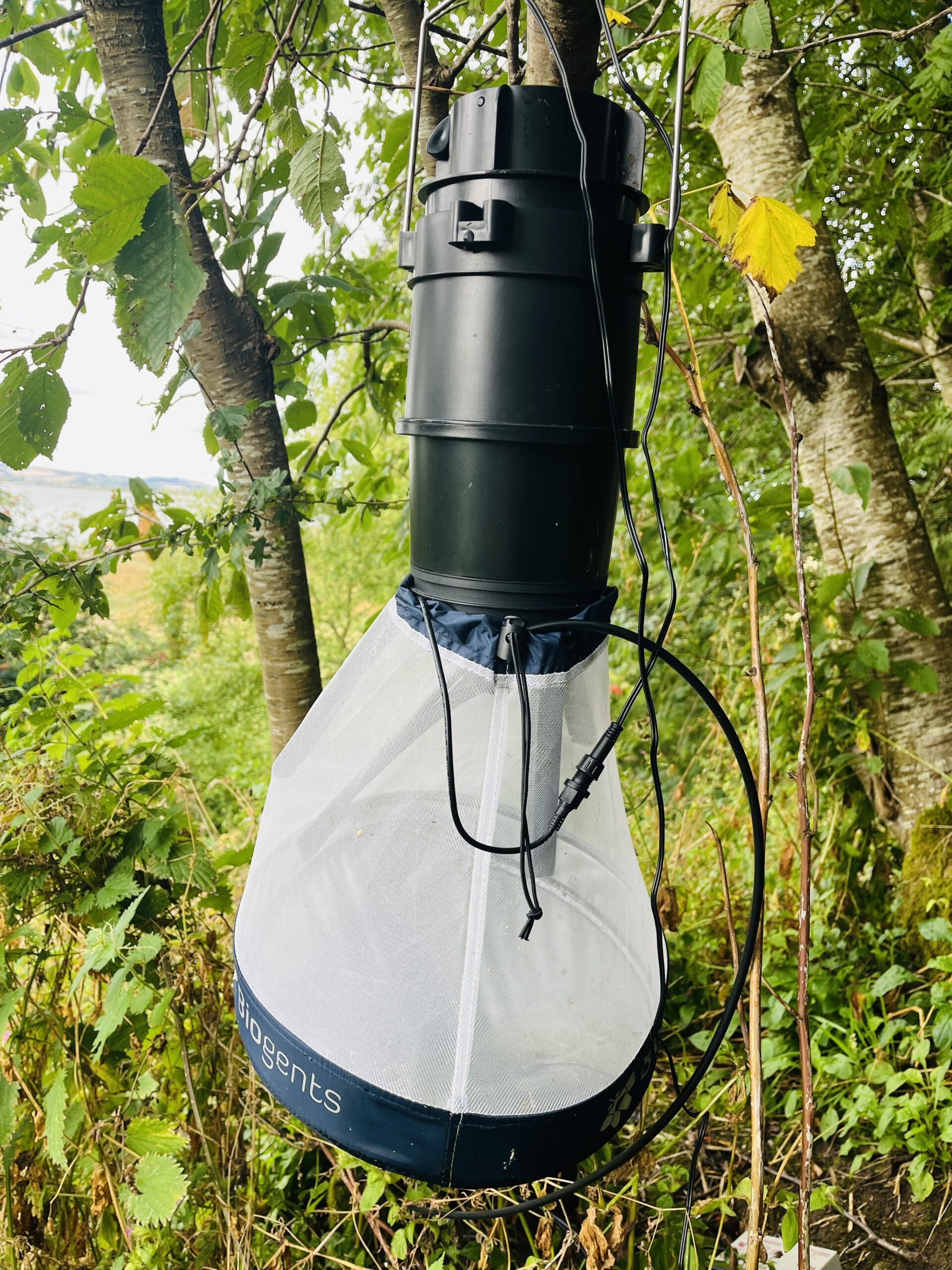
What does a changing Scottish climate mean for mosquitoes?
A warmer, wetter climate in Scotland could significantly boost mosquito abundance, creating more favourable breeding conditions. Mosquitoes thrive in warm temperatures and standing water, both of which would become more prevalent with climate change. This could lead to longer breeding seasons and increased mosquito populations, new species introductions, affecting the risk of disease transmission. Some of the Montrose Basin team recently attended the Mosquito Scotland Project meeting to learn about how the data is being used in modelling, pathogen screening, and stakeholder engagement. It was interesting to learn that the Montrose Basin mosquitoes are laying eggs and emerging a full week after those in the southwest of Scotland. The ambient temperature is being monitored on our black buckets and we take the water temperature twice a week, to help us understand how climate affects breeding and emergence.
Got the buzz? Become a Culicidae Collaborator!
Have you found a suspected mosquito in your home or out and about in Scotland? We’d love to know about it! There are two steps to becoming a Mosquito Scotland citizen scientist:
- Take a photo!
- Check you have seen a mosquito first! Visit the recognition page.
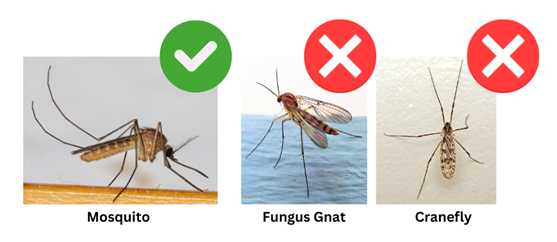 If you’re not sure if you’ve seen a mosquito, a fantastic free app called ObsIdentify is available to download.
If you’re not sure if you’ve seen a mosquito, a fantastic free app called ObsIdentify is available to download. - Go to the Mosquito Scotland reporting form. The Mosquito Scotland team use this information to make a map of when and where different mosquito species are found and identify hotspots. They are interested in reports of both adults and larvae.
Every sighting and record is important and will help build a picture of mosquito ecology in Scotland!
Rachel Mackay-Austin
Teacher Naturalist / RiverWood Ecology Ltd.
Help protect Scotland’s wildlife
Our work to save Scotland’s wildlife is made possible thanks to the generosity of our members and supporters.
Join today from just £4 a month to help protect the species you love.
Preface
If you have visited Montrose Basin Visitor Centre recently, you may have spotted a strange contraption in the tree, or one of our members of staff bending over a black …
